1. La Tomatina – Spain
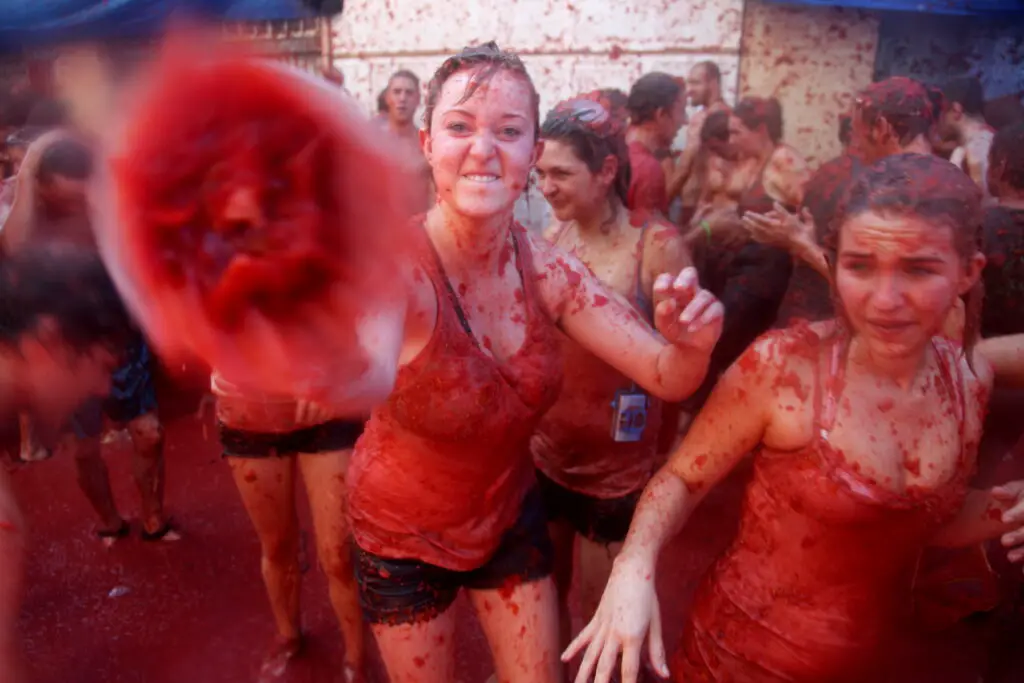
Imagine showing up to a town square and suddenly getting pelted with ripe tomatoes. That’s exactly what happens during La Tomatina in Buñol, Spain. Held every August, this epic food fight draws thousands of people from around the world. There’s no grand meaning behind it—just pure chaotic fun. The event only lasts about an hour, but in that time, the town becomes a sea of red pulp. It’s so popular, you have to get tickets in advance just to join the madness says Reuters.
After the tomato throwing ends, fire trucks hose down the streets, and participants rinse off in nearby showers or fountains. Oddly enough, the acidity in the tomatoes actually helps clean the roads, leaving Buñol sparkling afterward. While it might sound like a waste of food, the tomatoes used are overripe and not fit for consumption. Still, it’s one of those holidays you have to see to believe adds Sky News.
2. Night of the Radishes – Mexico
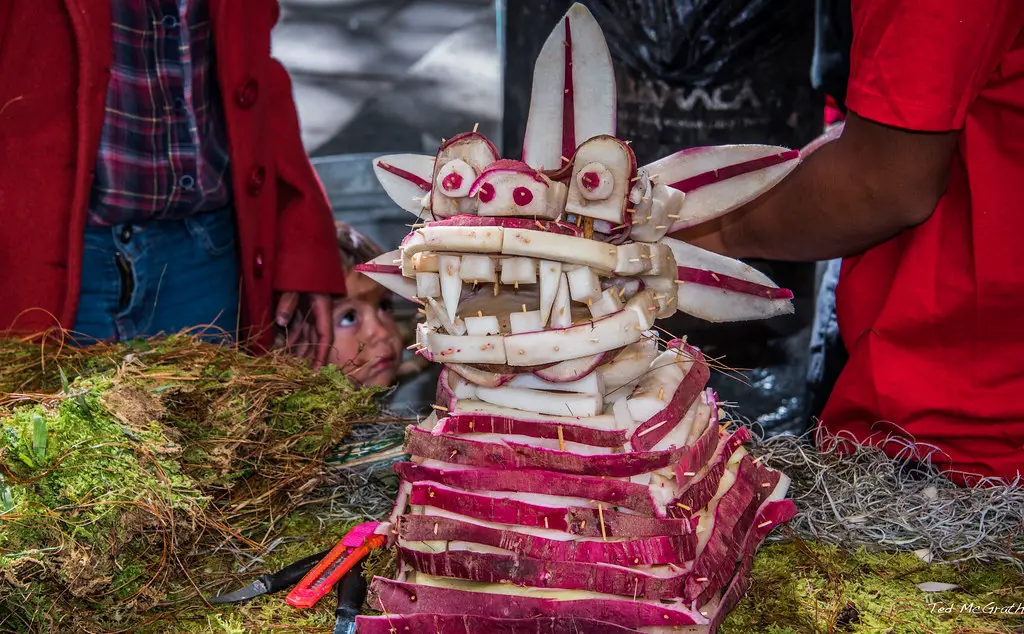
Every December 23rd in Oaxaca, Mexico, radishes take center stage. Not on a dinner plate, but carved into detailed figures and miniature scenes. It’s called the Night of the Radishes, and it’s part folk art show, part festive celebration. Locals sculpt everything from nativity scenes to fantastical creatures out of oversized radishes. Yes, radishes. This quirky tradition dates back to the 1800s, originally started by market vendors trying to attract shoppers shares the New York Times.
It’s surprisingly competitive, with artists spending days carefully crafting their displays. The radishes are grown specifically for the event, which means they’re huge and oddly shaped—perfect for carving. There are prizes for the best creations, and thousands of spectators crowd the plaza to admire the artwork. It’s a holiday that combines agriculture, art, and a whole lot of imagination says Thrillist.
3. Hadaka Matsuri – Japan
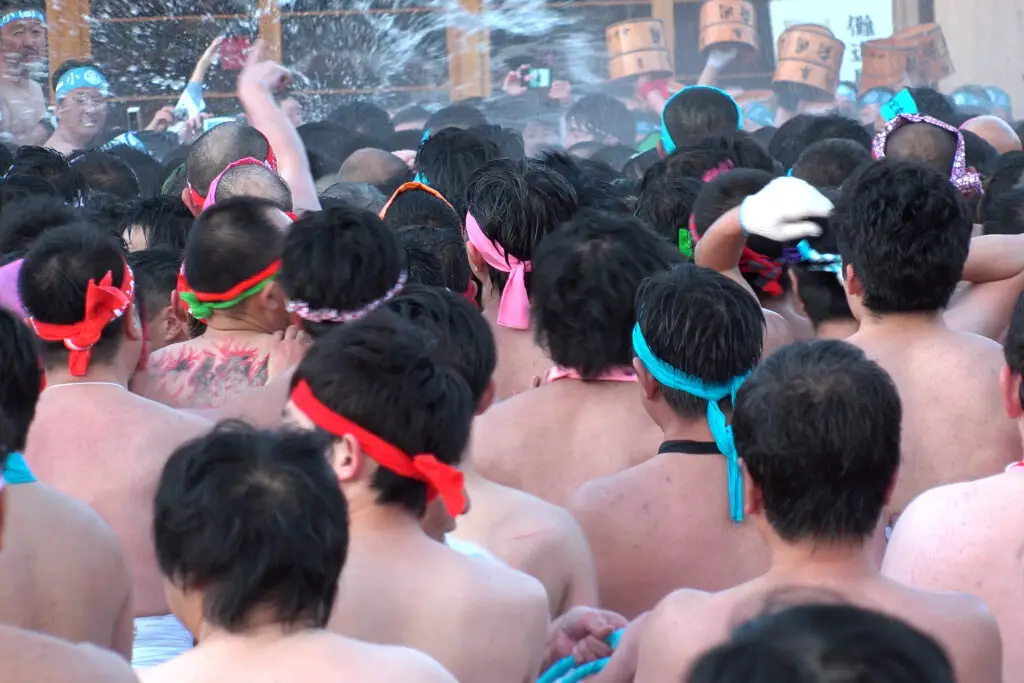
If you thought streaking was just for college campuses, think again. In Japan, the Hadaka Matsuri or “Naked Festival” invites thousands of men to strip down to loincloths and gather at a temple. It takes place in February, during the dead of winter, which only adds to the challenge. The main goal? To catch sacred sticks tossed into the crowd by a priest. Whoever grabs one is said to have good luck for the year.
It’s loud, it’s sweaty, and it’s absolutely freezing. The participants often purify themselves with icy water beforehand. There’s a whole lot of shoving and scrambling, and yes, a lot of bare skin. It’s one of Japan’s more intense traditions, and it’s believed to have originated as a purification ritual. Somehow, it’s both spiritual and wild all at once.
4. Goat Throwing Festival – Spain (Now Banned)
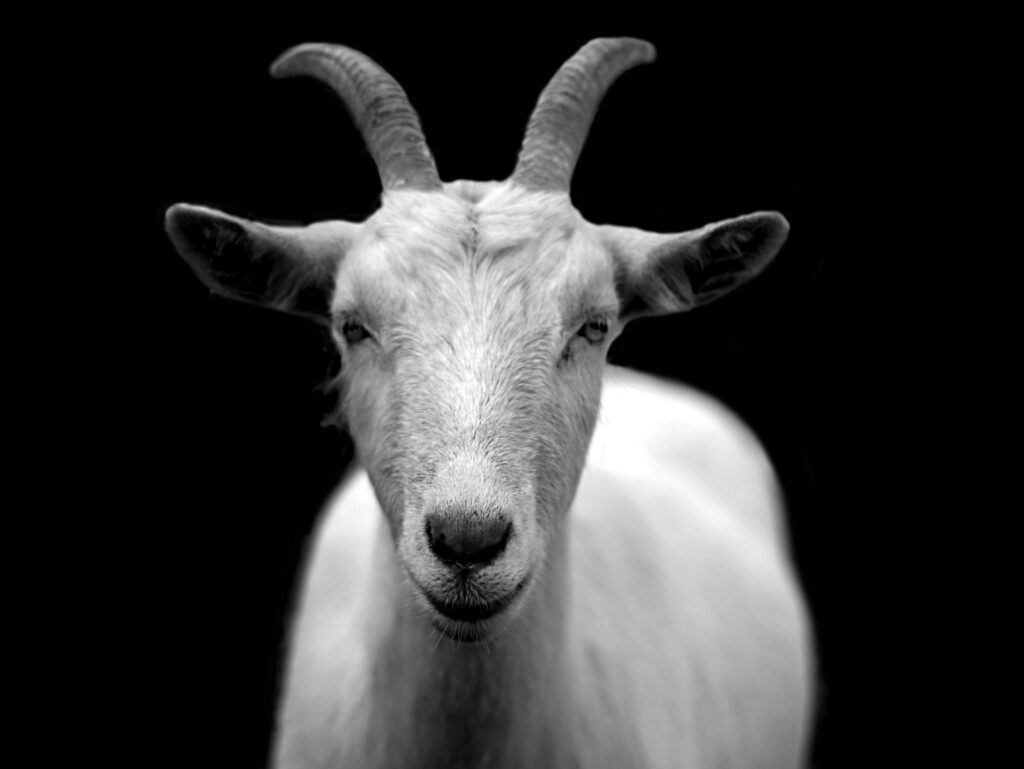
This one sounds made up—and thankfully, it’s not practiced anymore. For years, the town of Manganeses de la Polvorosa in Spain had a tradition where locals would throw a live goat off a church roof. Yes, a real goat. The idea was that others would catch it in a canvas sheet below. It was supposedly in honor of a saint, though no one’s quite sure how this started.
Understandably, animal rights groups fought against it, and the practice was officially banned in the early 2000s. Now, they use a fake goat during the celebration. Even though it’s no longer done, it’s still talked about as one of the most bizarre holiday rituals in modern history. It’s a wild reminder of how traditions evolve—and sometimes, for the better.
5. Baby Jumping Festival – Spain
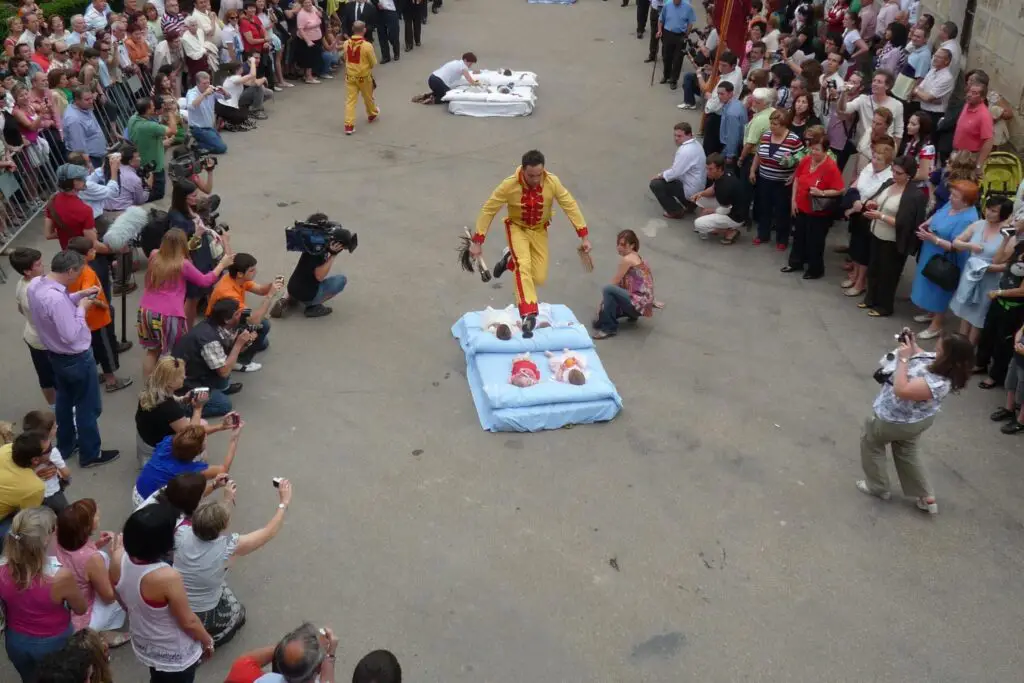
Spain really knows how to throw a weird party. In the town of Castrillo de Murcia, there’s a festival every June where men dressed as devils literally jump over rows of babies. It’s called El Colacho, and it’s part of a Catholic celebration meant to cleanse the infants of original sin. The babies are laid on mattresses in the street while the “devils” leap over them.
No one knows exactly why jumping is the chosen method of purification, but the tradition dates back to the 1600s. It’s equal parts terrifying and fascinating to watch. Somehow, no babies have ever been hurt, and families take it seriously. Afterward, there’s music, dancing, and plenty of food to celebrate. It might sound bonkers, but locals swear by its power.
6. Thaipusam – Malaysia and Singapore
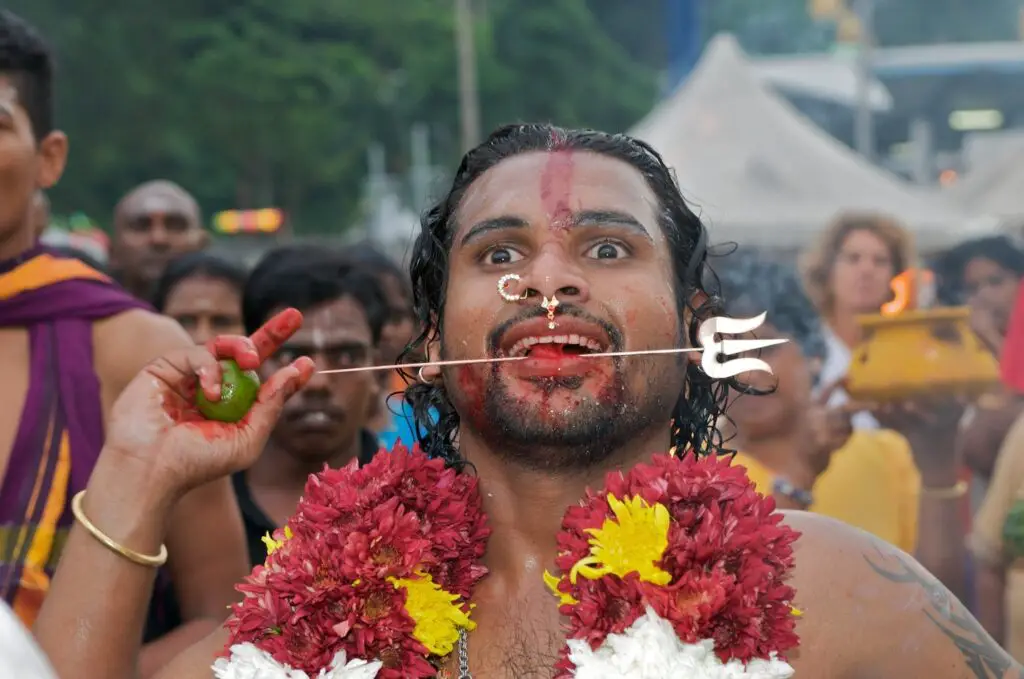
This isn’t your average parade. Thaipusam is a Hindu festival celebrated mostly in Malaysia and Singapore, and it involves extreme acts of devotion. Devotees pierce their bodies with skewers, hooks, and even spears. Some carry elaborate structures called “kavadi” on their shoulders, all while walking for miles barefoot. It’s a way of showing gratitude or making amends to Lord Murugan, the deity honored during the festival.
The sight is intense, and it’s definitely not for the faint of heart. There’s a lot of chanting, drumming, and incense as the procession winds through the streets. What’s surprising is how little blood is involved—many participants go into a trance-like state that seems to reduce pain. It’s a deeply spiritual experience, even if it looks like something out of a horror movie.
7. Cooper’s Hill Cheese Rolling – England

How far would you go for a wheel of cheese? In Gloucestershire, England, people fling themselves down a steep hill chasing a 9-pound wheel of Double Gloucester cheese. It’s fast, dangerous, and completely ridiculous. The cheese gets a head start, and then dozens of contestants tumble after it, often ending up with sprains, bruises, or worse.
Despite the risk, the event continues every spring and attracts competitors from all over the world. The winner doesn’t always catch the cheese—it’s really just about crossing the finish line first. There are medics on standby, because someone always takes a nasty spill. But that doesn’t stop the thrill-seekers. For many, it’s a bucket list kind of crazy.
8. Monkey Buffet Festival – Thailand
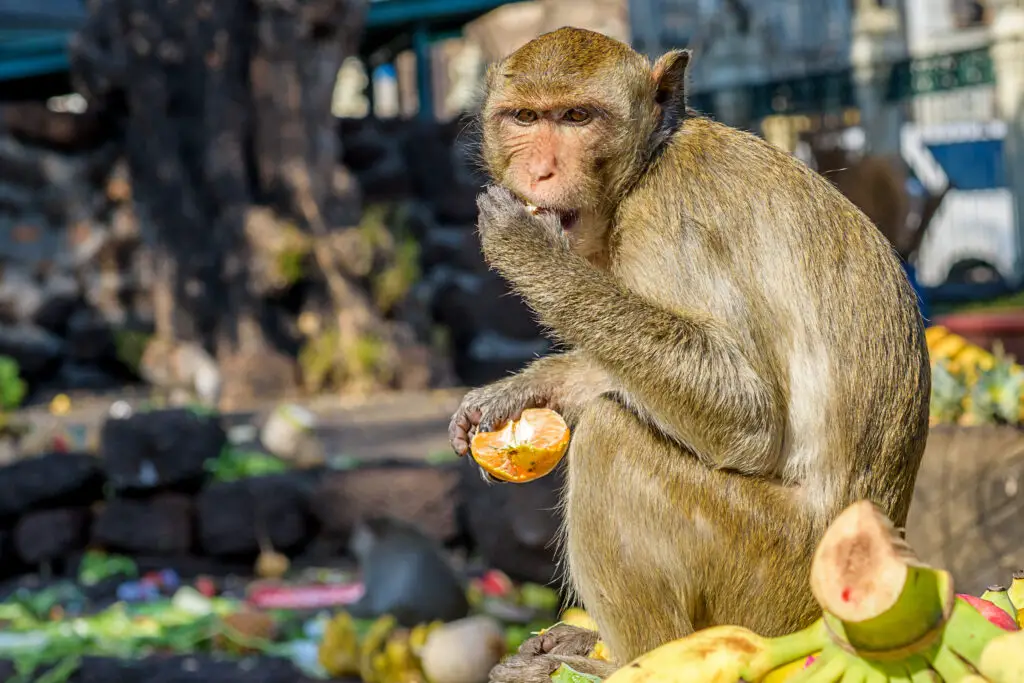
In the town of Lopburi, Thailand, monkeys aren’t just tolerated—they’re celebrated. Every November, the Monkey Buffet Festival offers up a massive feast of fruits, vegetables, and desserts just for the local monkey population. It’s believed to bring good luck and attract tourists, and boy, does it ever. Hundreds of long-tailed macaques descend on the buffet tables like it’s their birthday.
Locals dress up statues of monkeys, play music, and sometimes even include monkey-themed performances. The monkeys, of course, do not behave with table manners. They climb on guests, steal sunglasses, and generally create chaos. But it’s all part of the fun. It’s the only holiday where crashing the party is encouraged—if you’re a monkey.
9. Gävle Goat – Sweden
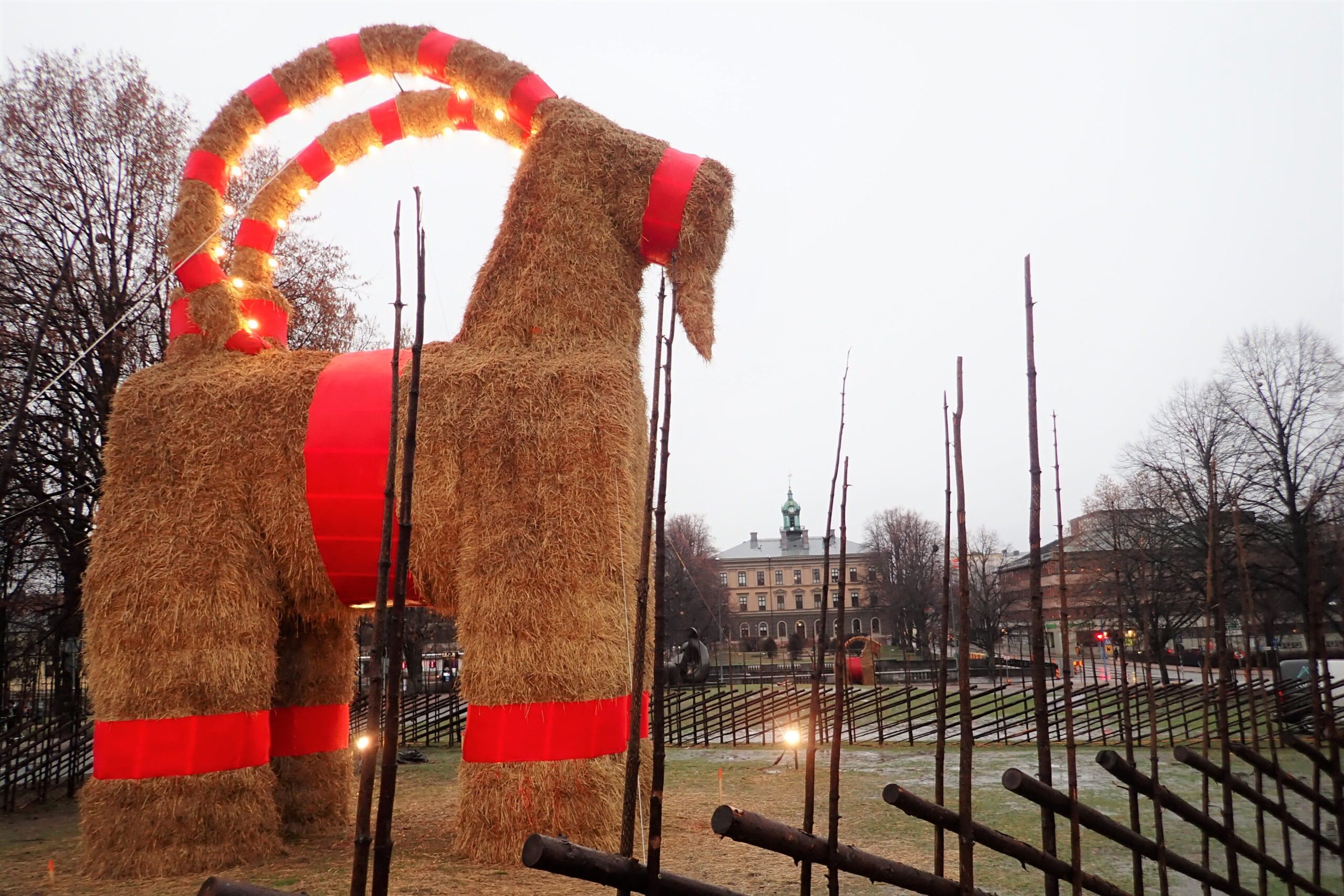
Every year in Gävle, Sweden, a giant straw goat is built in the town square to kick off the Christmas season. And every year, someone tries to burn it down. The Gävle Goat, or “Gävlebocken,” has become famous not for its symbolism, but for the bizarre tradition of people trying to destroy it. Despite fences, cameras, and guards, pranksters have succeeded multiple times.
It’s become a sort of cat-and-mouse game between the goat and would-be arsonists. Some years it survives, some years it doesn’t. The town keeps rebuilding it no matter what, determined to keep the tradition going. Strangely, the whole spectacle has become a tourist attraction in itself. Sweden really leans into the drama of it all.
10. Mari Lwyd – Wales
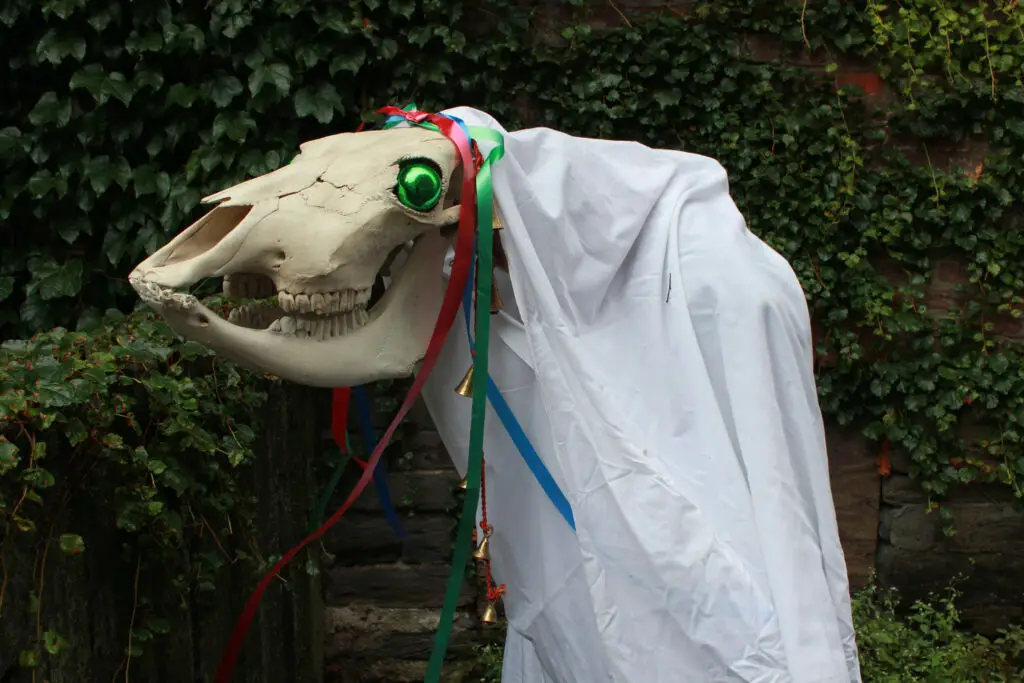
Ever been caroled at by a horse skeleton? In Wales, the Mari Lwyd is a centuries-old tradition where locals parade a ghostly horse skull draped in a white sheet around town. It’s part of a winter celebration involving song battles at people’s doors. The Mari Lwyd and its handlers ask to come in, and the household must respond with clever rhyming insults to keep them out.
Eventually, the horse usually wins, and everyone is invited in for food and drink. It’s a mix of eerie and festive, and the skull is often decorated with ribbons and bells. Though it faded for a while, the custom has seen a revival in recent years. It’s one of those holidays that makes you do a double take—and maybe keep your door locked just in case.
11. Takanakuy – Peru
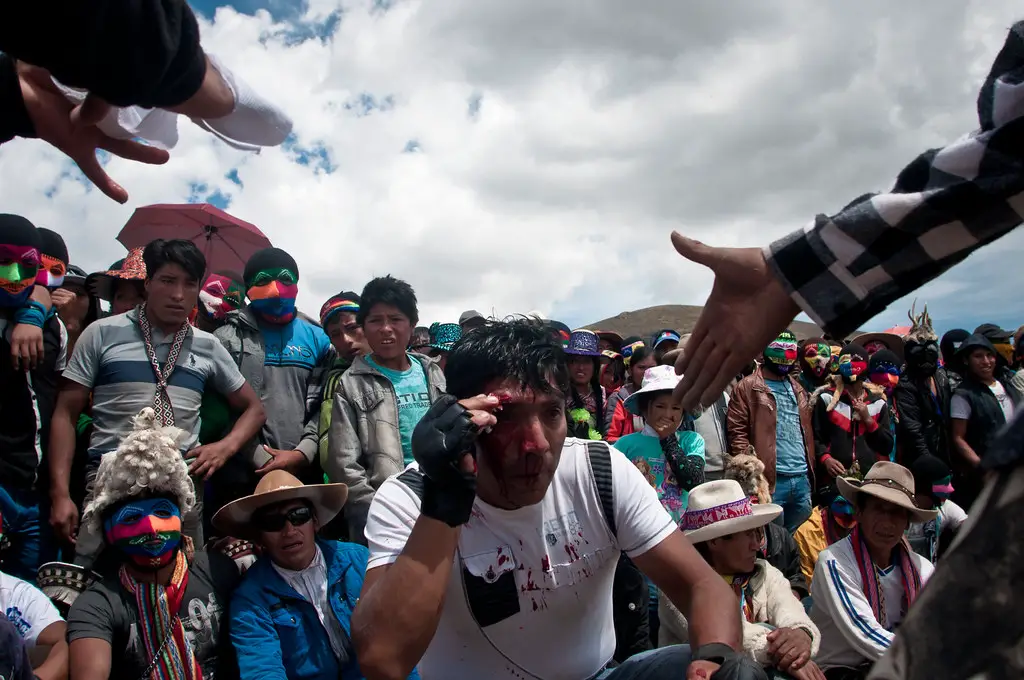
Most people use the holidays to relax, but not in Chumbivilcas, Peru. On December 25th, the locals celebrate Takanakuy, which means “to hit each other.” And that’s exactly what they do. Friends, neighbors, and even family members settle old grudges by fistfighting in front of the whole town. It’s organized, with rules and referees, but still incredibly intense.
After the fighting ends, participants hug and celebrate together like nothing happened. It’s all about starting the new year with a clean slate—physically and emotionally. Everyone gets a chance to air their grievances, literally. And surprisingly, there’s not much bad blood afterward. Just a few bruises and maybe a loosened tooth.
12. Kanamara Matsuri – Japan
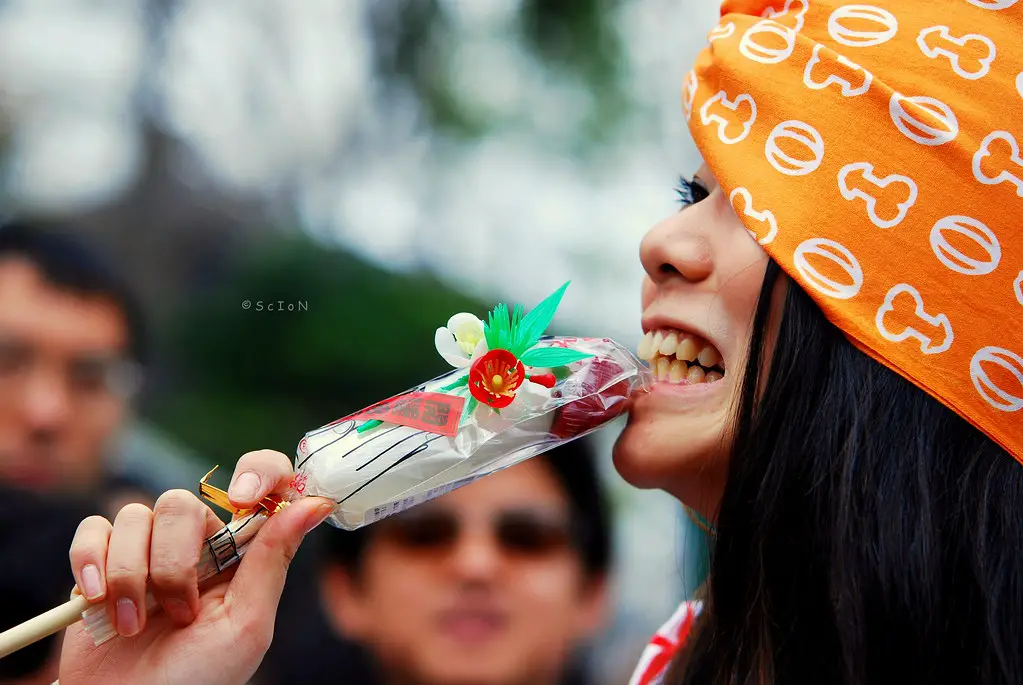
Known as the “Festival of the Steel Phallus,” this celebration in Kawasaki, Japan, is exactly what it sounds like. Giant phallic statues are paraded through the streets every April, and the whole town leans into the theme. There are candies, decorations, and souvenirs shaped like male anatomy. But despite the shock factor, there’s a real cultural history behind it.
The festival has ties to fertility, safe childbirth, and even safe sex awareness. It started as a way for local sex workers to pray for protection from diseases. Today, it’s both a party and a fundraiser for HIV research. It’s quirky, cheeky, and surprisingly wholesome underneath all the risqué visuals.
13. Setsubun – Japan
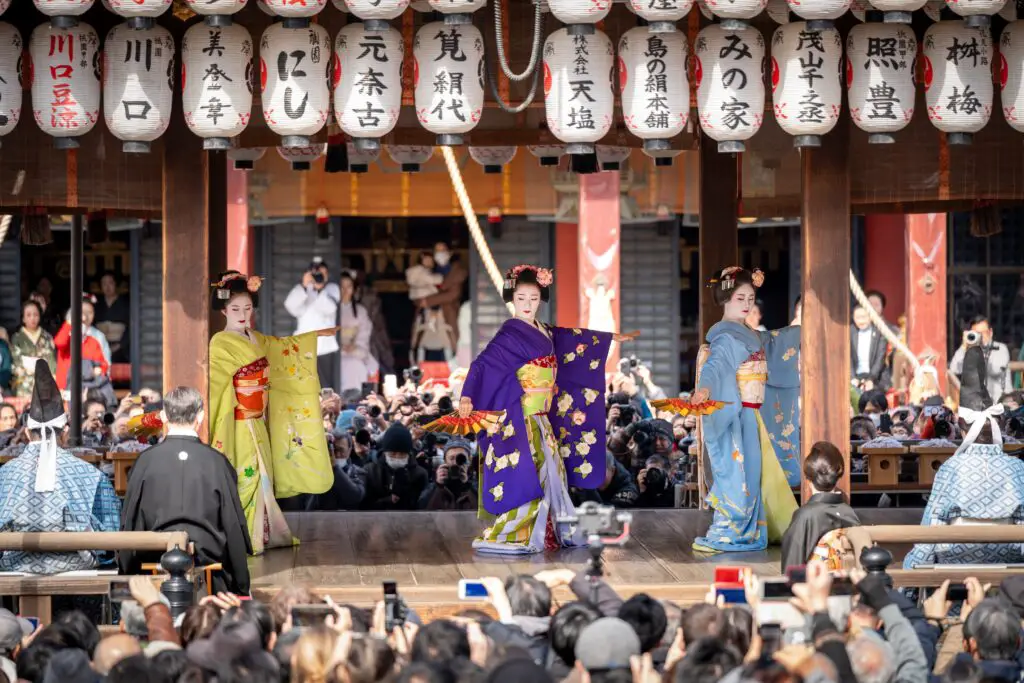
If someone threw beans at you in public, you’d probably be confused. But in Japan, during the Setsubun festival, that’s exactly what’s supposed to happen. It marks the start of spring and involves a ritual called “mamemaki,” or bean throwing. People toss roasted soybeans to drive away evil spirits, shouting “Oni wa soto! Fuku wa uchi!” which means “Demons out! Luck in!”
Sometimes someone even dresses as a demon to make the ceremony more fun. It’s usually done at home or in temples, and children especially love it. Afterward, everyone eats the number of beans that matches their age for good luck. It’s a simple yet strange way to bring in positive vibes—and beans have never seemed more powerful.
